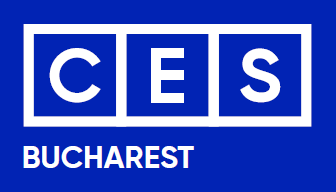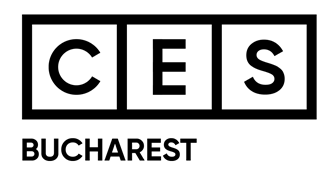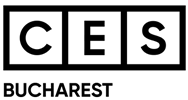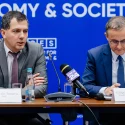CES Bucharest & ZF Conference: ROMANIA`S BUSINESS PLAN IN 2025: Priorities for Growth
Relevant stakeholders of the business environment, from the energy sector, pharmaceuticals, banking, fintech, transport, e-payments and other gathered on November 27th to discuss the major business priorities for 2025. The business environment is the main source of growth and the main generator of know-how, resources and ideas with concrete applicability in the real economy.
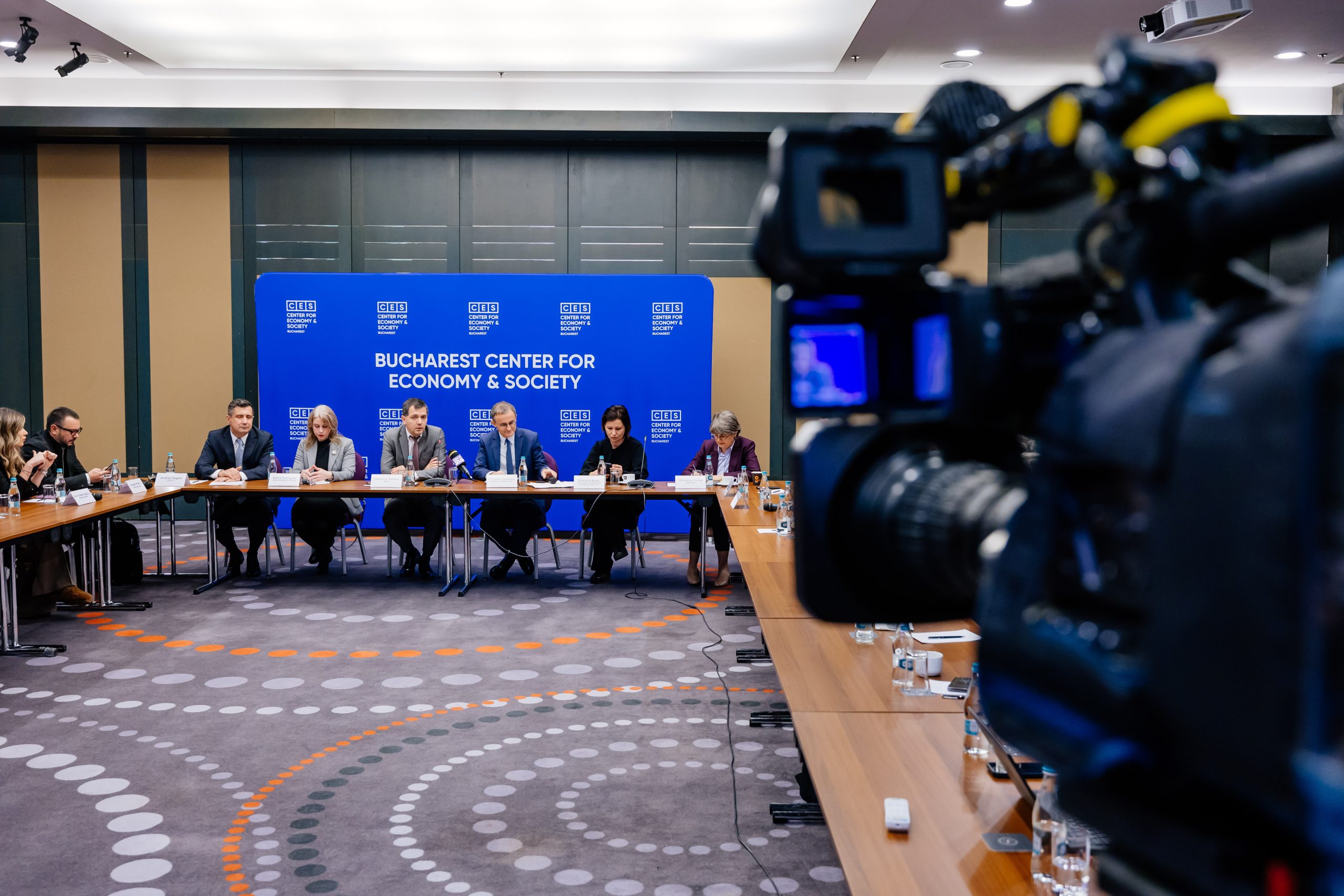
After a previous year marked by unpredictability and turbulences, 2024 was the year of electoral priorities. Business has taken a back seat and yet business is the backbone of the economy.
The business environment is the main engine of economic growth and the development of Romania, competitiveness, technological advance and, ultimately, the evolution of society. That is why the voice of the companies active in Romania is the most relevant in shaping the immediate economic priorities. On November 27th, CES Bucharest, in partnership with ZIARUL FINANCIAR, hosted “ROMANIA`S BUSINESS PLAN IN 2025” Conference, gathering relevant business stakeholders around a debate on the key business priorities for 2025 and the practical solutions for growth. Participants discussed solutions for economic revival in the short and medium term and debated perspectives of a sustainable economic agenda, anchored in the reality of 2025.

Main Highlights
Valentin Tătaru, Chief Economist, ING Romania
- 2025 brings minimal visibility. The elephant in the room is the fiscal package, to be adopted by the future government, which will set the tone for the rest of the year, because it will probably be adopted quite early, in Q1.
- For 2025, from a macroeconomic point of view, we can forecast a GDP growth of 2.6%. However, this depends very much on the fiscal package that will be adopted, because we are talking about reducing the budgetary deficit that we currently have, taking into account the 7-year plan approved by the European Commission, but also the time frame in which it will be adopted by the future government. With 42.5% taxation on labour, Romania’s taxation is already high compared to the OECD countries, ranking among the top ones like Sweden and Belgium. Therefore, we can estimate that a possible tax increase will focus more on capital taxation rather than on labour. However, given that the budgetary deficit reduction plan approved by the European Commission shows a gradual decrease, of around 0.8% of GDP per year, over the next 7 years, the Government could take measures that are not as harsh on the economy as they seem. It all depends on what the future Government’s approach will be.
- Also, for next year we can expect a decrease in the key interest rate of the NBR to 5.75%, which, considering the increase in the volume of interest rates this year, may mean a positive impulse in the economy. I would like to point out that in 2024, we saw, on average, an increase of construction loans volume of around 7% and of 20% for consumer loans.
- If we take into account the 10% increase for the minimum wage, the indexation of pensions and that public infrastructure projects will continue, especially the highway network projects, we can forecast an increase in consumption for 2025, thus we have reasons to be optimistic in regard our future.
Simona Cocos, General Director, Zentiva Romania & Moldova
- The pharmaceutical industry market has recorded a very good evolution in recent years through an increase in value and performance of Romanian manufacturers. Currently, there are 40 manufacturers in Romania, of which 20 are among the large drug manufacturers. Also, traditional Romanian factories have been modernized through foreign investments which makes them competitive on the EU market, where we export a lot.
- The premises for 2025 are for growth, especially if we benefit from a special investment program for the pharmaceutical industry. We need such a plan because it has to take into account the specific characteristics of the pharmaceutical market. It has to account for the fact that the price for drugs is regulated by the Ministry of Health, that the level of the clawback tax is still high – at 15% for generic drug manufacturers, that we encounter difficulties in attracting qualified labour and the impossibility of using European funds for investments in our Bucharest sites. We have to keep in mind that investments in the pharmaceutical market are difficult to make and the return of investments is for very long-term.
- We are interested in what will happen in 2025 regarding the new fiscal plan. Everyone is talking about tax increases and this affects us, but what concerns us the most is the lack of clarity regarding which taxes will be increased.
- I think that all drug manufacturers want to make investments. We have difficulties in terms of human resources. In Bucharest, for example, unemployment is almost zero and it is difficult to find employees, especially for factories. The dual education programme is not yet implemented and we do not have a close connection with the education system, which we need in order to prepare specialists for the pharmaceutical industry for the future, although trainings are being made and they do help the pharmaceutical market to grow.
Andrei Gagea, Managing Director, IVECO Romania
- If the industry is going well, the economy is going well, and we can see this in the volume of trucks sold.
- In 2024, the value of sales remained at a constant level with 2023 for both large trucks and vans, which, together with the number of kilometres travelled by carriers, is a good indicator of a functioning economy. However, given that the number of vehicle registrations was higher in Q1 & Q2, and decreased in Q3 & Q4, we can infer that there is a slight slowdown in the economy, which is similar to the European trend.
- It should be noted that, although there was a decrease in the sale of large trucks, the construction vehicle sector still recorded a slight increase, and at the level of light commercial vehicles the pace was relatively constant.
- High interest rates were a factor that determined the postponement of investments, but at the same time, although companies have liquidity, there is a fear to invest because of the next year’s fiscal plan uncertainties.
- Carriers had certainly a harder time this year than in previous years and had a decline in their financial performance because we saw a downward trend in recent months. What will happen in the next years, it is unknown at this point.
Elena Petrescu, Communication, Sustainability & Investors Relation Director, Nuclearelectrica
- Nuclearelectrica, at this moment, is one of the largest investment developers because, in addition to the investments in the re-engineering of unit 1 and the construction of units 3 and 4, there are also projects such as the one with Feratome for the production of the medical isotope Lutetium-177 and the investments in the detritiation facility in Cernavodă. So we are interested in both energy production projects, as well as projects related to public health. Also, worth mentioning are the projects targeting Small Modular Reactors (SMRs), where we are also interested.
- All of these are currently projects in the analysis phase because, being a company listed on the stock exchange, we must have very clear financial data regarding the level of investments and the return of these investments which we have to present to our shareholders beforehand.
- Having implemented the United Nations guidelines, through our actions in the last 28 years we have avoided the emission of 200 million tons of carbon, making us among the leaders in terms of environmental protection, while providing between 18 and 20% of the country’s energy needs.
- Among the important measures to stimulate and develop the business environment in Romania, I would mention the following directions: diversifying the source of funding, including through stock exchange listing and European funds, cooperation for public – private projects and partnerships in the area of developing dual education. I believe that more companies need to be actively involved in dual education projects in Romania and I have seen good examples in this direction.
Anca Marinescu, Corporate Affairs & Communication Manager, RetuRo SGR
- In 2024, we made investments in our centres of 60 million euros, currently we have 7 regional counting and sorting centres and in 2025 we will open 2 more centres in Constanța and Oradea.
- Also, the fact that the number of employees has increased from 12 people at the beginning of this project to 800 currently shows a great growth for a start-up.
- A lot of investment and added value has been brought by the transport side. Within the system, there are over 1,000 trips per day that are carried out to collect packaging, and the packaging collection rate is 80-85% of those placed on the market. Considering that monthly over 500 million packages are placed on the local market, the collection rate is really high.
- Very large investments are to be made in the recycling industry, because, until now, recycling companies had to import raw materials, but at this moment the SGR programme provides them with quality material. It was a year full of effervescence.
- Given that Romania did not have a history of selective collection, the RetuRo SGR project represents an example of good practice at EU level, which is a source of pride for all those involved.
- For 2025, the keyword is efficiency in terms of collection. Also, we want to increase the volume of sales of collected materials to those who reuse them. At the same time, we have to say that up until now the legislation has been favourable to us, but in the future it needs to be expanded to ensure the development and consolidation of the selective waste collection process in Romania.
Bogdan Patru, Government Engagement Lead, Romania & Croatia, MASTERCARD
- There has been significant progress in terms of financial education, financial inclusion, which translated into a increase in the number of electronic payments of 35-36% and a decrease in cash transactions, although cash continues to be the main payment instrument considering that around 20% of the companies use cash. I would like to point out that according to the NRBA study, in 2024, around 41% of the companies pay their employees in cash.
- Of course this progress came as a result of the authorities’ involvement with measures that have encouraged electronic payments, which ensure traceability and better taxation compared to cash payments. Thus, the more electronic payments you have, the better taxes collection, especially in the VAT area.
- It is commendable that we have a financial inclusion strategy, a legislation in the field of financial education and that, at the level of large cities, we are above the EU average in terms of accessibility of electronic payment instruments.
- For 2025, although we expect an increase in the taxes, we want this to be done predictably and as quickly as possible in order to provide stability and predictibility so that the entire business environment can adapt to the new context as soon as possible.
Mihai Lazar, Country Manger, EBURY Fintech
- For us, 2024 meant a significant increase in terms of transaction volume and number of customers, which increased by 90% year-on-year.
- I would also like to emphasize that an increase in the volume of transactions in the circular economy area, such as those that collect used oils for export, shows on the one hand that our services are relevant for the Romanian market, but also that more and more companies are developing complex payment systems.
- One of the main advantages of our products is the speed of financial transactions, which, in the case of the USA, are reduced from 2-3 working days to just one day, taking into account the time zone difference. Given that our infrastructure connects dozens of banks, our main objective is to accelerate cash flow between companies and cover as many markets as possible.
- For 2025, we want to have better payment dynamics and to be able to help as many clients as possible to carry out their activities, especially those in the import/export area.
- For 2025, there could be premises for growth in the Romanian economy in terms of exports of goods and services. I am optimistic, if we look at the dynamics of exports, I hope we will see an improvement for the European market, although the general feeling is encouraging for the European economy, there is hope.
- Regarding our services, we do not want to take over the banking market. We are like “Glovo”, that gives access to several restaurants, but we give you access to numerous banks where you can make your payments from a single app and we use our infrastructure to accelerate the cash flow between companies.
- Our clients are SMEs and mid-corporates and we aim to increase our clients for the exports sector.
- Romania will probably reach 145-150 billion in exports, including services, and we will have, from our fintech perspective, more and more requests from our clients. At the same time, we want to help companies that do not necessarily have an import or export activity as this time to develop themselves.
Catalin Dragostin, Executive Manager, Energy Serv
- According to the Romanian Energy Strategy, the energy potential of biomass is assessed at a total of 318,000 TJ/year, equivalent to 7.6 million tones equivalent petrol (tep). However, through the development of circular energy, the 2020 assessment of the European Commission for our country, predicting for 2050, the technical potential in terms of biomethane is approximately 65 TWh/year, with 60% energy crops as the main source of production.
- Predictions show that following the cultivation of biomass on 800,000 hectares (around 8% of agricultural land) we can produce around 8,000 MW of green energy.
- For 2025, given the importance of Romania’s reindustrialization, I believe it is necessary to pay attention to the bioenergy area, which be used to ensure the energy needs for this economic development.
- Also, in order to obtain a low energy price, it is necessary to implement the “Long range marginal cost of production” system, which helps to plan the route with the lowest cost for energy investments over 20 years.
- In the medium or long term, we must witness a restructuring of the Romanian industry. Bioeconomy and circular economy are the future and not the linear economy.
- We do not see concrete steps for a reasons, we do not have a clear strategy at the macroeconomic level on what we need to do to correct the deficits. There is a deficit in energy, in agricultural products, in fertilizers, and we should look at the macroeconomic level for solutions, but this will be hard as long as every ministry is making it’s own plans, without a clear, national strategy.
Cristian Hostiuc, Editorial Director, ZIARUL FINANCIAR
- Although this year has been a stable one, with, unfortunately, a low economic growth, following today’s discussions certain important economic aspects are foreseen for next year.
- Among these, we can observe that, although there is liquidity in the market, there is uncertainty regarding the tax system at the business environment level, which leads to a reluctance to invest.
- In order to meet the needs of the Romanian business environment, transparent and swift tax decisions are needed that provide predictability for investment and economic development.
